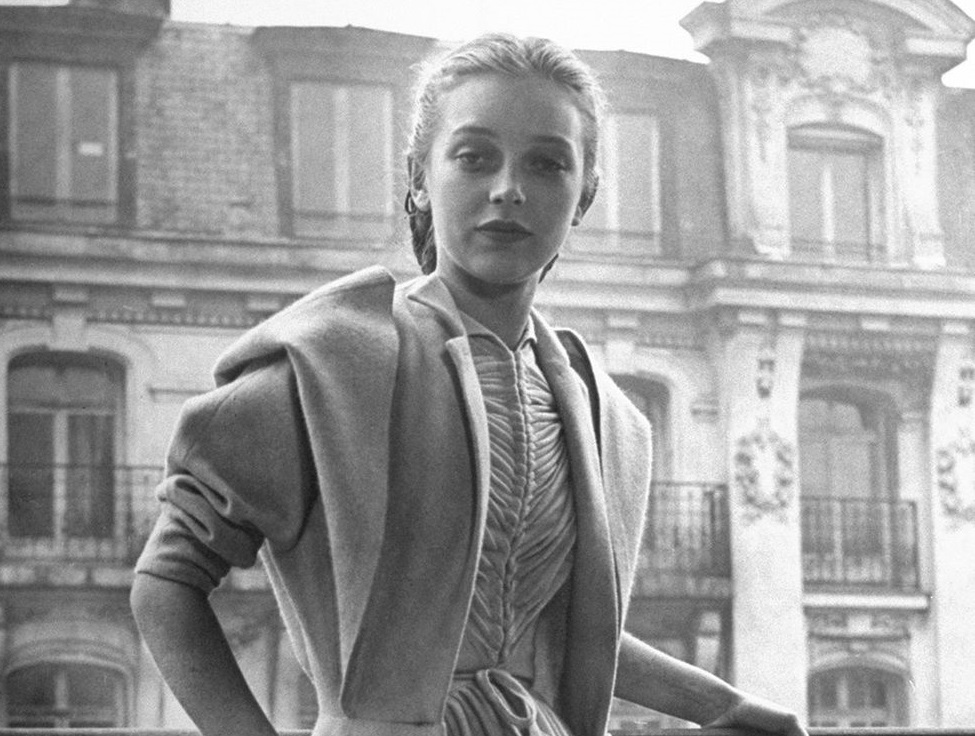By harrymottram
DEC 5, 2020
The Shadow of the Wind by Carlos Ruiz Zafon
Teenager Daniel Sempere is the beneficiary of continuous advice from man-of-the-world and latter day lothario a delightfully naughty Fermín Romero de Torres. Saved from a life on the streets and given a job in Daniel’s father’s book shop Fermín is a veteran of the Spanish Civil War haunted by a violent past and in fear of Police Inspector Francisco Fumero. Once his life is recovered he takes to going to the cinema where he falls in love with the screen Goddesses of the late 1940s and 1950s. And with his movie star looks and ‘sleuth-like instincts… attributed to delirious fantasies,’ he imparts the facts of life and lust to the young Daniel.
“Nobody knows much about women, not even Freud, not even women themselves. But it’s electricity: you don’t know how it works until you get a shock,” he says to Daniel.

And it would seem so does the author Carlo Ruiz Zafon as the women are in the main are beautifully described but lacking in much depth. There’s the beautiful Clara, blind and unattainable to the young Daniel, there’s beautiful Bea who gives up her fiancé for bookish Daniel, there’s beautiful Penelope Julian Carax’s lover and half-sister and there’s beautiful Nuria a former lover of Julian: a clear pattern of beautiful women populating the story which is driven by men. A coincidence? A reflection of the times the novel is set in? Or how the advertising copywriter and Hollywood screenwriter Carlos Ruiz Zafon sees women? I’m not so sure but methinks the screenwriter in Carlos sees his nubile female characters helping to visually market a film version should it be made one day.

The neo-Gothic mystery is set in the back streets of 1940s and 1950s Barcelona as the protagonist Daniel sets out to solve the puzzle of why the books of obscure writer Julian Carax keep disappearing. By chance he has chosen one of Carax’s novels The Shadow of the Wind when he’s taken to The Cemetery of Forgotten books by his dad. The random choice of the book is key to the story as it’s very rare. He is offered good money for the volume and is threatened by a shadowy stranger called Lain Coubert who is keen to get his hands on it in what turns out to be a somewhat unlikely plot. And so the narrative begins with Daniel on a page by page search to solve the mystery of why Carax’s books are becoming so unobtainable.

Daniel’s nerdy obsession with books and Carax in particular is given a forensic questioning characteristic by the author as he interrogates sets out to find the truth. He questions a 60-year-old female caretaker in order to gain access to locked apartment linked to Carax. And as teen detective he cross questions Carax’s ex the femme fatale Nuria Monfort in a way that would be approved of any investigative journalist.
Apart from the protagonist Danie, and antagonist Fumero, and worldly-wise Fermin there’s a host of supporting characters who are inter-related to the plot and the discovery of why Carax’s books are disappearing. The chief amongst these characters is Barcelona itself with its dilapidated buildings and shops still suffering from the civil war that had ended just six years before. We read of how ‘the steely sun snatched copper reflections from the roofs and belfries of the Gothic Quarter,’ in a ‘maze of streets’ that are ‘hidden behind old Roman walls, and ‘holes left by machine gun fire during the war pockmark the church walls.’

After the long and detailed search the final chapters leap forward into the 1950s and 1960s as a sort of epilogue allowing us to understand what became of the various characters. The bulk of the novel is the detailed search for answers in the novel written in the first person by Daniel. Thankfully though Daniel is not just a lost-author-detective but is also made of flesh and blood. We learn of his passion for Clara with her ‘naked body lay stretched out on white sheets that shone like silk,’ and how he was filled with a ‘painful desire to kiss’ Nuria and begins his love affair with Bea over a kiss in the Cemetery of Lost Books.
As the mystery of the disappearing books unravels the novel reaches a climax bringing the main characters together, as the policeman Fumero, Carax and Daniel violently confront each other in a desperate struggle. Which was also one of the most convincing action scenes in the story – if only there could have been a bit more violence it might have helped. No spoilers other than to say if you love a Gothic and lavishly described mystery unwinding in the streets of post war Barcelona in 500 pages then The Shadow of the Wind is for you. I just wish the novel had been written through the eyes of the raffish Fermín Romero de Torres as it would have been much more fun and with a lot more wine, women and song.
Harry Mottram
For details for the work of the journalist Harry Mottram visit www.harrymottram.co.uk
Follow him on Facebook, Twitter, Blogger, Instagram and YouTube.
Or email him at harryfmottram@gmail.com

The author has written a quarter of novels set in Spain:
- La sombra del viento, 2001 (The Shadow of the Wind)
- El juego del ángel, 2008 (The Angel’s Game)
- El prisionero del cielo, 2011 (The Prisoner of Heaven)
- El laberinto de los espíritus, 2017 (The Labyrinth of Spirits)


You must be logged in to post a comment.